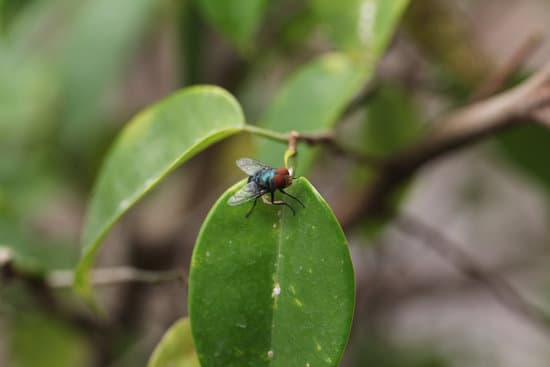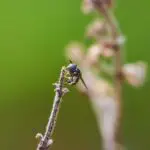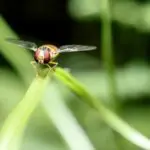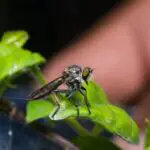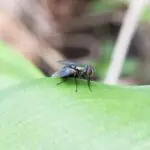How Do Flies Really Take Off Backwards?
If you’ve ever wondered how flies take off backwards, this new study is sure to raise a few questions. The researchers at the Institute of Movement Science (ISM) at the University of Aix-Marseille, France, examined how flies flip themselves during take-off. They found that the insects rotate their bodies before taking off, which helps them quickly right themselves. They are now planning to conduct further studies to discover how light affects this process.
In order to make their flight more effective, fruit flies roll up their wings at 90 degrees, in an attempt to maximize force. The researchers also found that the insects use their exceptional vision to help them determine which direction to head to safety. This helps them juggle six times more visual input in a single second than humans do.
To test this theory, scientists sliced different parts of the thorax of flies. They then used a high-speed camera to capture the results. They found that cutting the sub-epimeral ridge (the bump on the lower side of the thorax) interfered with transmission.
In addition to being able to perform aerobatics, flies also use their modified wings to avoid getting squashed. They freeze when a predator approaches. Then, they quickly move their legs and wings to move out of harm’s way. They can change direction in 1/100 of a second. They can also roll up to 90 degrees in order to avoid an attack.
